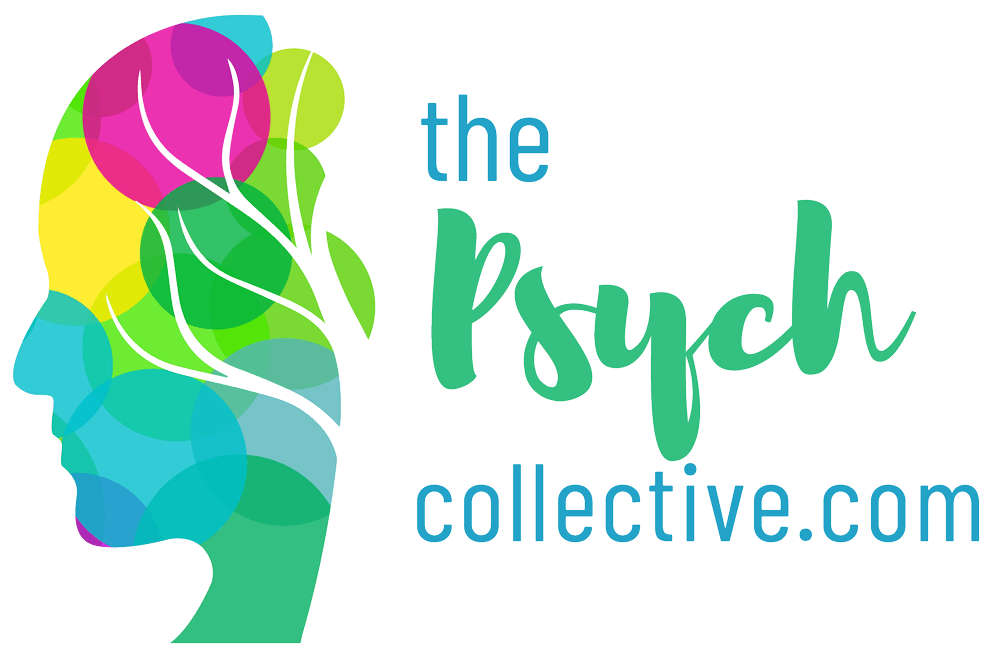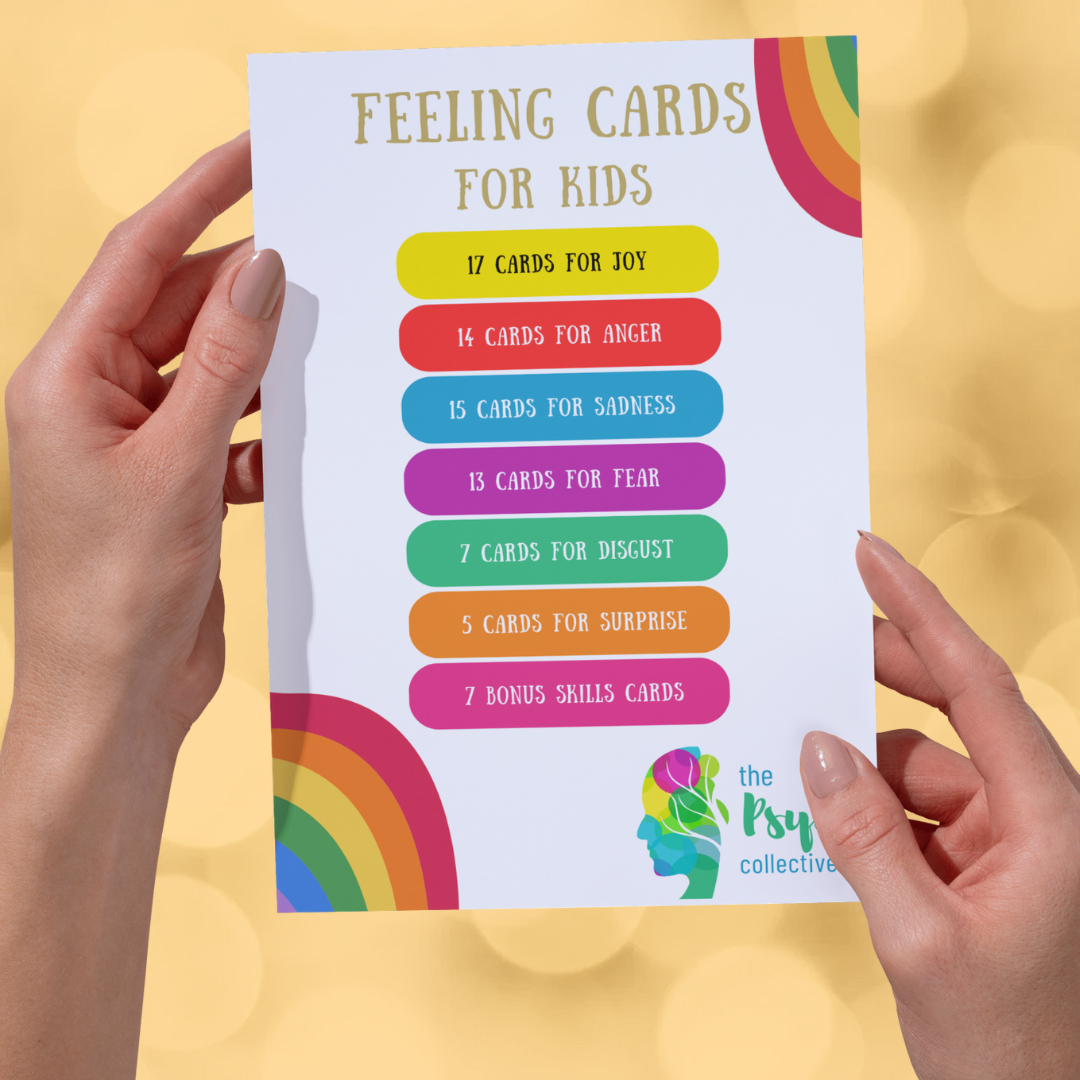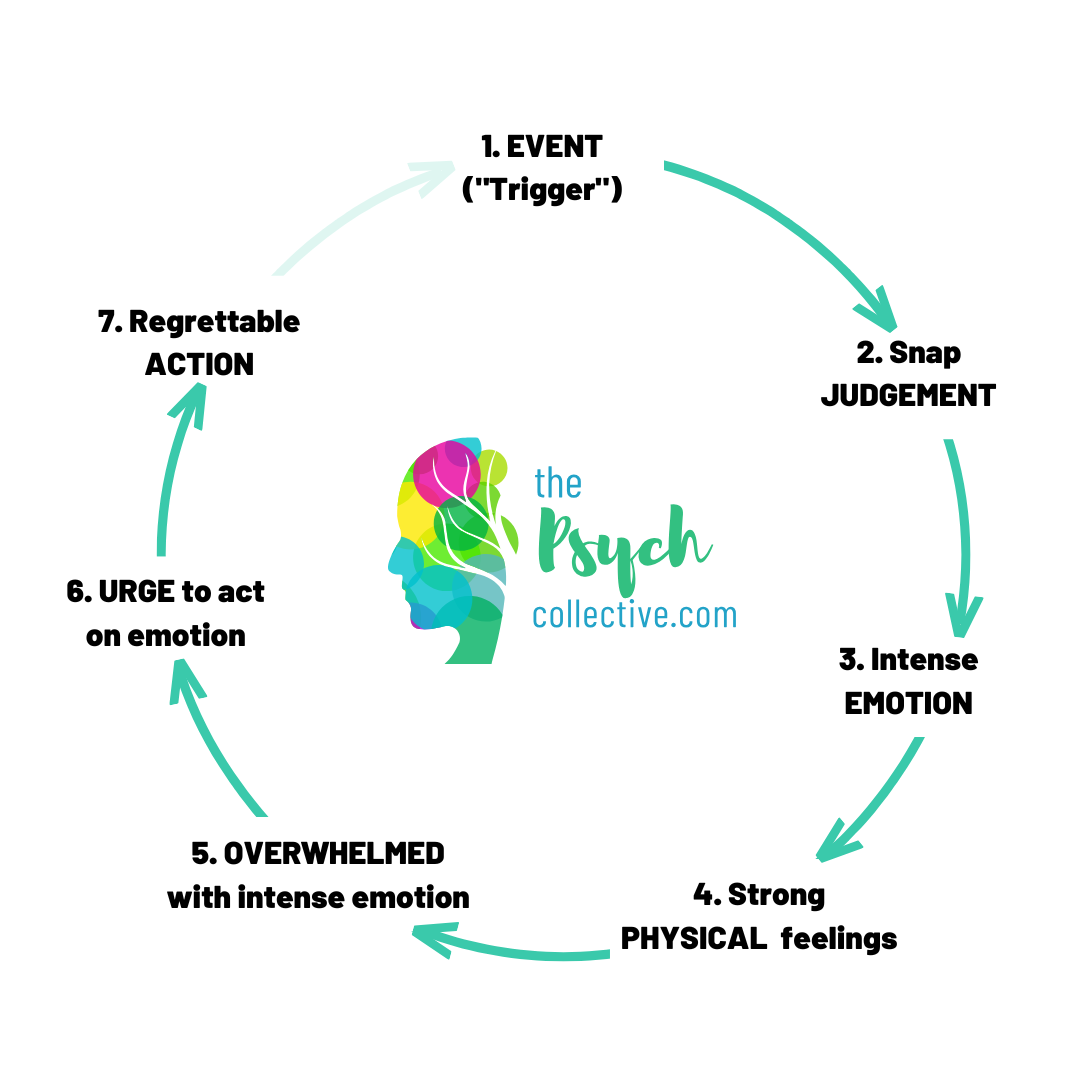The 6 Basic Emotions
Why You Struggle to Name Your Feelings (And What to Do About It)
By Jess O'Garr, Clinical Psychologist
If you’ve ever found yourself saying “I don’t even know what I’m feeling right now,” you’re not alone. As a clinical psychologist, I hear this all the time — not just from children, but from intelligent, self-reflective adults. Emotional awareness isn’t innate. It’s learned. And for many people, the emotional vocabulary they needed never quite arrived.
Emotions vs. Moods: What’s the Difference?
Emotions are short-term, intense, and usually triggered by a specific event or stimulus. Emotions are the intense, short-acting feeling responses that are determined by how we appraise (judge) stimuli in our environment.
This means they are always triggered by something. It may be internal stimuli (thoughts, memories, sensations) or external stimuli (you see, hear, smell, taste or touch something).
Think of them as the body’s rapid-response system: fear when a car swerves too close, joy when a friend surprises you, anger when you're treated unfairly.
Moods, on the other hand, are
longer-lasting,
more diffuse states that aren’t necessarily tied to a specific event. You might feel gloomy all afternoon without knowing why. Or you might feel upbeat and talkative for no clear reason. Moods are the emotional climate; emotions are the weather.
This distinction matters because the skills are different. So often when I hear a patient tell me that their skills aren’t working, it because they are not using the correct one. Emotions need emotion-focused skills and mood need behaviour-focused skills.
How do we define an emotion?
Emotions have four specific components (which is how we can tell them apart from moods).
Location:
Emotions are felt in specific locations within your body. Anger is often felt in the jaw and fists. Fear is often felt in the gut and Surprise will take your breath away. The location of emotions are more obvious and consistent with the basic six emotions, and are less obvious with the more nuanced feelings.
Action urges:
Emotions are energy in motion, which is why they motivate us to take action. Each of the basic 6 emotions urge us towards specific actions based on the appraisal or snap judgement we have made.
We feel FEAR when we believe that we are in immediate danger, so we are urged to run away.
We feel ANGER when we believe that we have been treated unfairly or someone has created an obstacle to our goal attainment, so we are urged to overcome the obstacle by fighting for what is fair.
Expression:
The basic 6 emotions all have socio-expressive phenomena, which means we express our emotions through our facial expressions and body language in a way that is interpreted in social settings. The basic 6 emotions have universally recognised facial expressions. This means that if someone pulls a DISGUST face in Japan, it will be recognised by someone in Jamaica.
Name (and Nuance)
Emotions are subjective, so only you get to decide what you are feeling. However, this required you to have an adequate vocabulary to be able to express yourself correctly. Many adults can label feelings using the basic 6 emotions, but many will struggle with the more nuanced words and may not know the distinction between words like frustrated and annoyed.
Which raises the question of…
Why Are Emotions So Hard to Name?
Enter alexithymia — a psychological construct that describes the phenomenon of not being able to label one’s emotions.
Alexithymia literally means “no words for mood”. It comes from:
- Lexi, meaning lexicon (or vocabulary)
- Thymia, meaning temper or mood
And the prefix a, meaning absence or lack

It’s not a disorder, per se, but a trait or experience where a person lacks emotional literacy.
Because here's the thing: emotions are like a language. If no one ever taught you that what you’re feeling in your chest is “anxiety” or that the heat rising in your face is “embarrassment,” you won’t just “figure it out” intuitively. Emotional literacy needs modelling, repetition, and freedom to express.
Many people with trauma histories, neurodivergent conditions (like autism or ADHD), or people who were raised by emotionally illiterate parents will struggle with this.
What areThe Six Basic Emotions
There are six basic emotions:
- Joy
- Anger
- Surprise
- Disgust
- Fear
- Sadness
These emotions are universal and hard-wired into us from birth. These emotions then link to what we refer to as ‘feeling families’ as they can be split into more nuanced words to describe specific emotions from distinct triggers.
However, before we proceed with explaining these six emotions and sub-emotions, I want to make a point about the other literature on emotions out there.
There is no definitive list of emotions!
Many researchers can’t even agree on the basic six.
Paul Ekman argues that there are seven basic emotions (he includes Contempt as its own category).
Interesting side note: Paul Ekman was the consultant for Disney’s Inside Out. You might even notice that the colours of our Emotion Map looks familiar…
Robert Plutchik argues that there are 8 basic emotions (our six, plus trust and anticipation)
Who is right, who is wrong? Nobody and everybody because feelings are subjective.
That doesn’t help you does it?
Let’s just say this: The most common model is the 6 basic emotions and learning the sub-emotions will expand your vocabulary even though most of them are synonyms.
So hear are my definitions of the basic 6 emotions, including the typical trigger for each emotion, the action urge and how it is felt in the body.
JOY
Trigger: Joy is activated when we perceive that something positive has occurred, often in a way that exceeds expectations.
Felt as: Lightness, warmth, or energy, typically in the chest or face. It is often accompanied by spontaneous smiles or laughter.
Action urge: It motivates continued engagement in pleasurable activities, sharing joy with others and celebrating good moments.
Sub-Emotions for Joy: Excited, Elated, Delighted, Amused, Proud, Grateful, Relieved, Affectionate
Related Moods: Happy, Content, Confident, Hopeful, Playful, Satisfied, Loved
ANGER
Trigger: Anger often arises in response to a perceived mistreatment or injustice. It serves to protect oneself when in danger or cornered and assert boundaries.
Felt as: Tension in the jaw and fists or heat in the chest or face.
Action urge: It motivates confrontation, defence, or correction of the perceived wrong.
Sub- Emotions for Anger: Frustrated, Annoyed, Jealous, Envious, Enraged, Resentful, Vengeful, Disrespected, Offended, Impatient, Humiliated
Related Moods: Grumpy, Bitter, Hostile
FEAR
Trigger: Fear is activated when we perceive immediate danger or threat in our surrounding environment.
Felt as: A tightness in the chest, a churning stomach, or goosebumps.
Action urge: It motivates avoidance, escape, or preparation for potential harm.
Sub-Emotions for Fear: Scared, Terrified, Panicked, Embarrassed, Powerless, Humiliated
Related Moods: Nervous, Anxious, Stressed, Vulnerable, Hopeless, Dread
SADNESS
Trigger: Sadness is activated when we lose something or someone important.
Felt as: A heaviness in the chest, a lump in the throat, or tearfulness.
Action urge: It motivates withdrawal from what was lost, reflection or reminiscing, and seeking comfort from others.
Sub-Emotions for Sadness: Rejected, Disappointed, Devastated, Hurt, Defeated, Regretful, Grieving, Sulky
Related Moods: Lonely, Hopeless, Bored, Discouraged, Depressed, Gloomy, Bereaved
DISGUST
Trigger: Disgust protects from harmful substances by orienting us away noxious or toxic objects or offensive behaviours.
Felt as: Nausea, a bad taste in the mouth, or a scrunched-up face.
Action urge: It motivates rejection, distancing oneself or turning away from the offensive object or behaviour.
Sub-Emotions for Disgust: Revolted, Appalled, Guilty, Ashamed, Loathing
Related Moods: Contemptuous
SURPRISE
Trigger: Surprise helps to quickly orient our attention towards an unexpected event, preparing for a rapid response.
Felt as: A jolt or flutter in the chest or stomach.
Action urge: It motivates investigation, questioning, or immediate reaction to the new stimulus.
Sub-Emotions for Surprise: Shocked, Confused, Amazed
Related Moods: Curious, Bewildered

Emotions Are a Map — But You Need the Legend
Without the right language, emotions can feel like noise. Confusing, chaotic, even threatening. But once we build the vocabulary, these signals become navigable. They become information, not just sensation.
- If you were never taught the word
resentful, how would you explain that simmering anger at unfairness?
- If you didn’t know
discouraged, would you mistake it for laziness?
- Without anxious, might you just call it "tired" or "bad"?
At The Psych Collective, we have created two types of maps - The Emotions Map and the Mood Map. Since they are categorised differently, we saw a need to split them up.
You can download these PDFs for free by clicking here!
How to Improve your Emotional Literacy
You don’t need a psychology degree to build emotional literacy. What you need is practice noticing, naming, and normalising your internal world.
To improve your emotional awareness and literacy, we ask you to LEAN into your feelings. We use a specific acronym developed by The Psych Collective to help you to label your feelings, which will help you decide how to RESPOND to your feelings.


Other things you could try to improve your emotional awareness:
- Keeping a “feeling log” to track shifts in your mood
- Using feeling word cards (yes, even as an adult!)
- Slowing down to ask:
Is this an emotion or a mood? What triggered this?
Naming your feelings is an important skill, especially for those of us who are raising the next generation.
And if no one taught you this language growing up? It’s not your fault — but it is your invitation.
Now, are you ready to improve your emotional literacy?
Download the resources you are going to need here!
Share
Categories
About Our Resources
We offer actionable resources and teach real skills to help people make meaningful change in managing mental health issues through different modes depending on people's learning preferences including infographics, text, worksheets, handouts and video.














